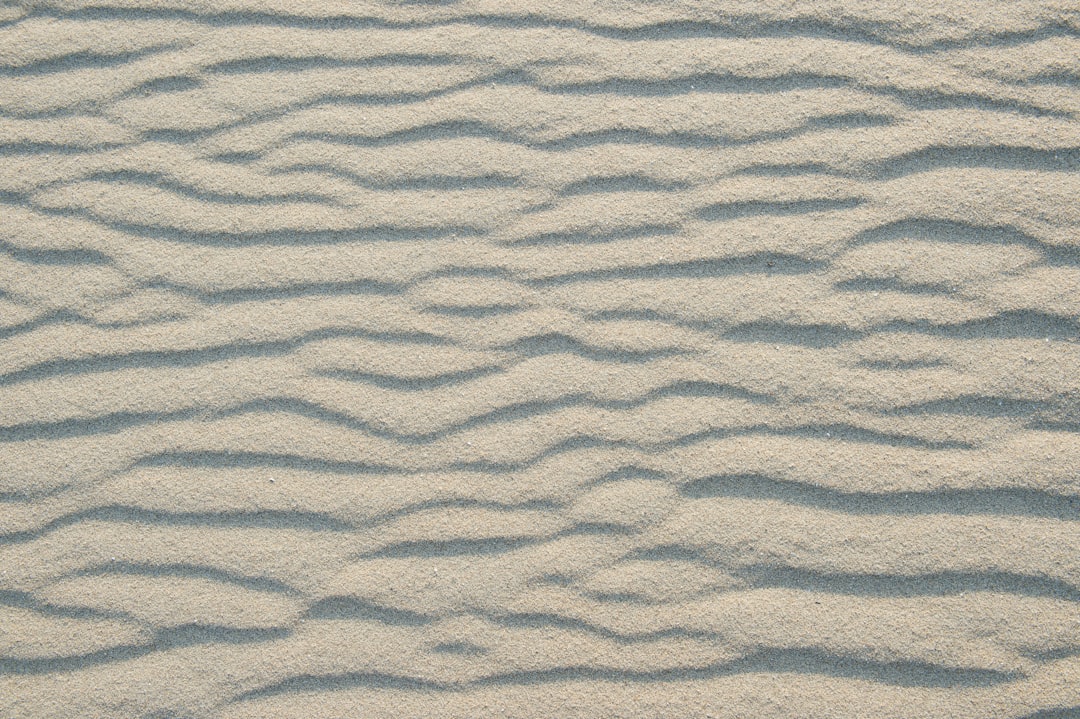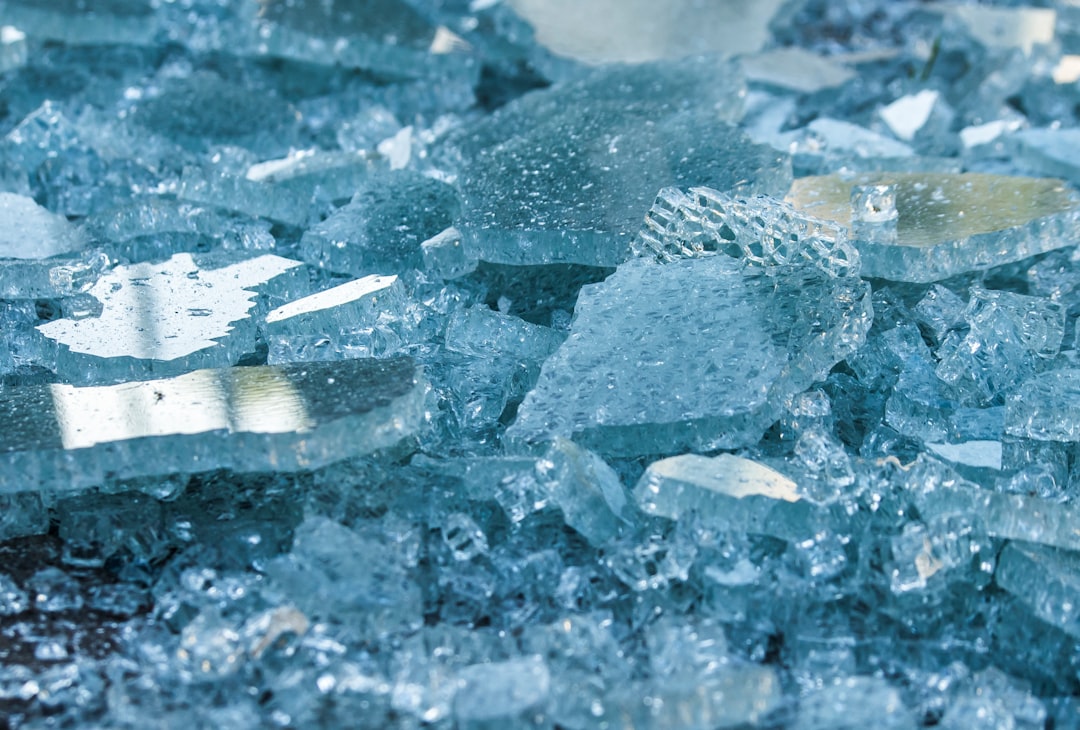What is it about?
Corrosion of metallic materials occurs in various ways. Recently, many researchers have pointed out that biofilm formed by a biofouling process may be a main cause for the initial stage of corrosion. From this viewpoint, the control of biofilm would help lead to corrosion prevention. In this paper, the authors studied the composite film of silane compounds with dispersed organometallic compounds that showed anti-fouling effect on pure iron substrates. The specimens were immersed in a laboratory biofilm reactor for 7 days to form biofilms on them. The surfaces of the specimens were observed by optical and scanning electron microscopy, Raman spectroscopy and FTIR-ATR spectroscopy. Finally, the effect of the composite coating on biofilm formation and corrosion characteristics was studied and shown to inhibit both.
Featured Image
Why is it important?
In this paper, the authors started their research activities on the basis of concept that corrosion would be induced by biofilm. This unique but important concept has to be understood first of all. If this would be true, the paper could provide us a new guideline. Silicone composite coating dealt with i this paper is one of them. And the other important concept in this paper is a new biofilm evaluation system composed of an unique LBR and measuring methods.
Perspectives
I feel Mr. Katsuhiko Sano, the first author, successfully made clear that biofilm on materials surfaces could be confirmed by a non-biological combination of evaluation technique, Raman Spectroscopy and FTIR-ATR. Both are complimentary and we needed to use both together.
Professor Hideyuki Kanematsu
National Institute of Technology, Suzuka College
Read the Original
This page is a summary of: Corrosion and biofilm for a composite coated iron observed by FTIR-ATR and Raman spectroscopy, Transactions of the IMF, May 2016, Taylor & Francis,
DOI: 10.1080/00202967.2016.1167315.
You can read the full text:
Contributors
The following have contributed to this page










